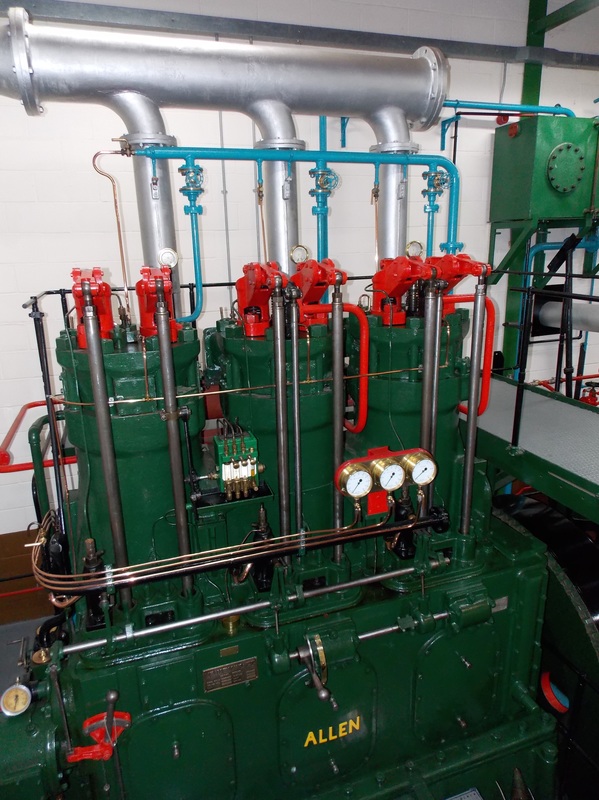The 4-stroke cycle
|
Internal combustion engines (with rare exceptions) operate on either a 2-stroke or 4-stroke cycle.
In both types, each full rotation of the crankshaft produces two strokes of the piston, one moving inwards towards the head of the cylinder, followed by a second which withdraws the piston back to its initial position. A 4-stroke engine fires once every second rotation of the crankshaft (every fourth stroke of the piston). The four components of the cycle are:
|

Engines can be either normally-aspirated (the fuel/air mixture is sucked in by the vacuum-forming action of the piston within the cylinder) or pressure-charged (the mixture is blown into the cylinder).
4-stroke engines are more complex (requiring valve gear which is absent from most 2-stroke engines) and consequently heavier than 2-stroke engines of equivalent power output. The 4-stroke engine is not normally able to achieve the high rpm of a 2-stroke (valves can bounce at high rpm) but is generally more reliable in industrial applications, where continuous power output, economy and low rates of wear are more important than outright performance. Back to Engineering |

